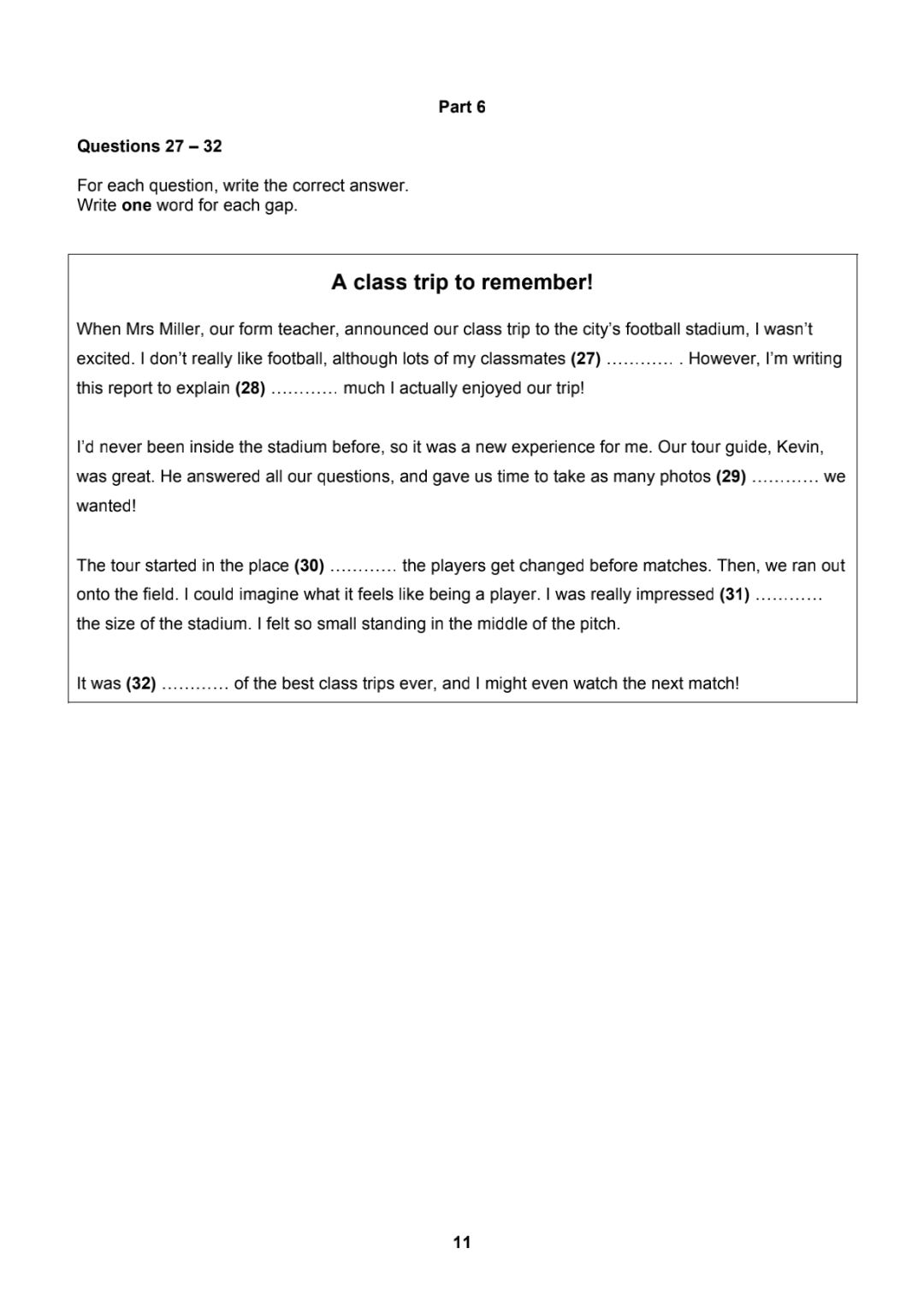"Exploring Sample Pet Peeves: Understanding Common Irritations in Daily Life"
#### Sample Pet PeevesIn our daily lives, we often encounter various behaviors and situations that can irritate us. These irritations, commonly referred to……
#### Sample Pet Peeves
In our daily lives, we often encounter various behaviors and situations that can irritate us. These irritations, commonly referred to as "pet peeves," can range from minor annoyances to significant frustrations. Understanding these sample pet peeves can help us navigate social interactions more smoothly and foster better relationships with those around us.
Pet peeves are unique to each individual; what may annoy one person might not even register as a nuisance to another. However, there are several common themes that many people share. Here, we will explore some of the most prevalent sample pet peeves, providing insight into why they irritate us and how we can address them.
#### 1. Loud Chewing and Eating Noises
One of the most frequently cited sample pet peeves is the sound of someone chewing loudly or making slurping noises while eating. This behavior can be particularly bothersome in quiet settings, such as during a meal at a restaurant or in a shared workspace. The irritation often stems from a lack of consideration for others and the disruption of a peaceful environment.
To mitigate this pet peeve, individuals can practice mindfulness during meals, being aware of their eating habits and making an effort to chew quietly. Additionally, those who are easily annoyed by such sounds can try to focus on other aspects of the meal or engage in conversation to drown out the noise.
#### 2. Interruptions During Conversations

Another common pet peeve is when someone interrupts during a conversation. This behavior can make the person speaking feel undervalued and disrespected. Interruptions can lead to misunderstandings and a breakdown in communication, making it essential to address this issue.
To combat this pet peeve, individuals should practice active listening, allowing others to finish their thoughts before responding. Additionally, setting clear communication boundaries can help ensure that everyone feels heard and respected during discussions.
#### 3. Poor Time Management
Being late or failing to meet deadlines is a pet peeve that many people find frustrating. This behavior can disrupt plans and create unnecessary stress for those who are punctual. It often reflects a lack of respect for others' time, which can lead to resentment.
To address this pet peeve, individuals can work on their time management skills, setting reminders and prioritizing tasks to ensure they are on time. On the other hand, those who are affected by others' poor time management can communicate their expectations clearly and establish consequences for habitual lateness.

#### 4. Neglecting Personal Hygiene
Personal hygiene is another area where many people have strong pet peeves. Whether it's someone who doesn't shower regularly or fails to use deodorant, these behaviors can create uncomfortable situations, especially in close quarters. The irritation often arises from a perceived lack of self-respect and consideration for others.
To address this pet peeve, individuals can engage in open and respectful conversations about personal hygiene when necessary. It's essential to approach the topic delicately and with empathy, as personal hygiene can be a sensitive subject for some.
#### 5. Excessive Phone Use in Social Settings
In today's digital age, excessive phone use during social gatherings has become a significant pet peeve for many. When individuals prioritize their phones over face-to-face interactions, it can lead to feelings of neglect and disconnection among those present. This behavior is often viewed as disrespectful and can diminish the quality of social interactions.

To combat this pet peeve, individuals can establish phone-free zones or times during social gatherings, encouraging everyone to engage with one another fully. Additionally, being mindful of phone usage can help create a more inclusive and enjoyable atmosphere for all.
### Conclusion
Understanding sample pet peeves is crucial for improving our social interactions and fostering a more harmonious environment. By being aware of common irritations and addressing them respectfully, we can enhance our relationships and create a more pleasant atmosphere for everyone. Whether it's practicing better communication, being considerate of others' feelings, or managing our behaviors, taking steps to address pet peeves can lead to a more enjoyable and fulfilling social experience.